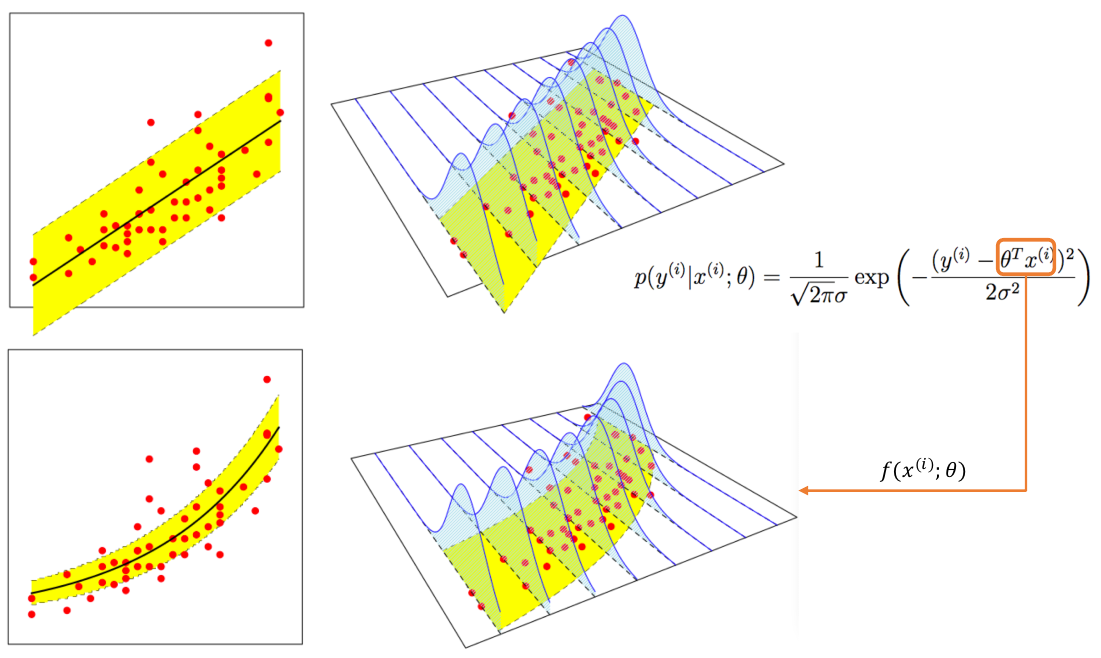
Overview feature engineering
2018, Sep 15
Let’s study about overview of feature engineering. I will talk about the shadow color subject below.
Feature Engineering
- Generation
- Binarization, Quantization
- Scaling (normalization)
Interaction featuresLog transformationDimension reductionClustering- …
- Selection
Univariate feature selectionModel-based selectionIterative feature selection- Feature removal
- …
Interaction features
- create new features with combination of existing features.
- need to pre-knowledge and understanding of existing features.
- ex) height, width → square (square = height * width)
- ex) sensor1 + sensor2 → new sensor feature
Log transformations
- Data distribution is merged extremely in a point.(ex. Poisson)
- login count, sales rate, searched word, the number of friends
-
- Normal distribution is suitable for linear model.
-
If data have Poisson distribution, make them to fit the linear model. Then, data will fit to normal distribution. (Poission → Normal dist)
-
Dimension reduction
- is used when existing feature space is much large.
- algorithm reduces the space.
- ex) PCA, t-SNE, LDA, …
Clustering
- without Y, create the component of dataset
- created components are used as features for classification
- is useful when you know the relationship between data to some degree.
- ex) K-means …
Feature selection
- All features are not necessary to learn a model.
- Some features are malignant to learn.
- Too many features causes overfitting.
- According to learning model, select necessary features and remove unnecessary features.
Univariate feature selection
- selects optimal feature based on statistical model.
- ex) Chi square, F-test, ANOVA …
- univariate feature selection
- analyzes the relation between y and one feature.
- is useful for linear model.
- is fast-applicable and simple technique.
Model based feature selection
- A model find proper features in the learning process
- ex) L1 penalty, Tree-based model
- Model based feature selection
- Possible to select the features based on
Feature importance - Useful to use Model-based feature selection as preprocessor of feature selection for other model
- Tree-based ensemble also has characteristics similar to Model-based feature selection
- Mainly used for
explanation of which features are important.

